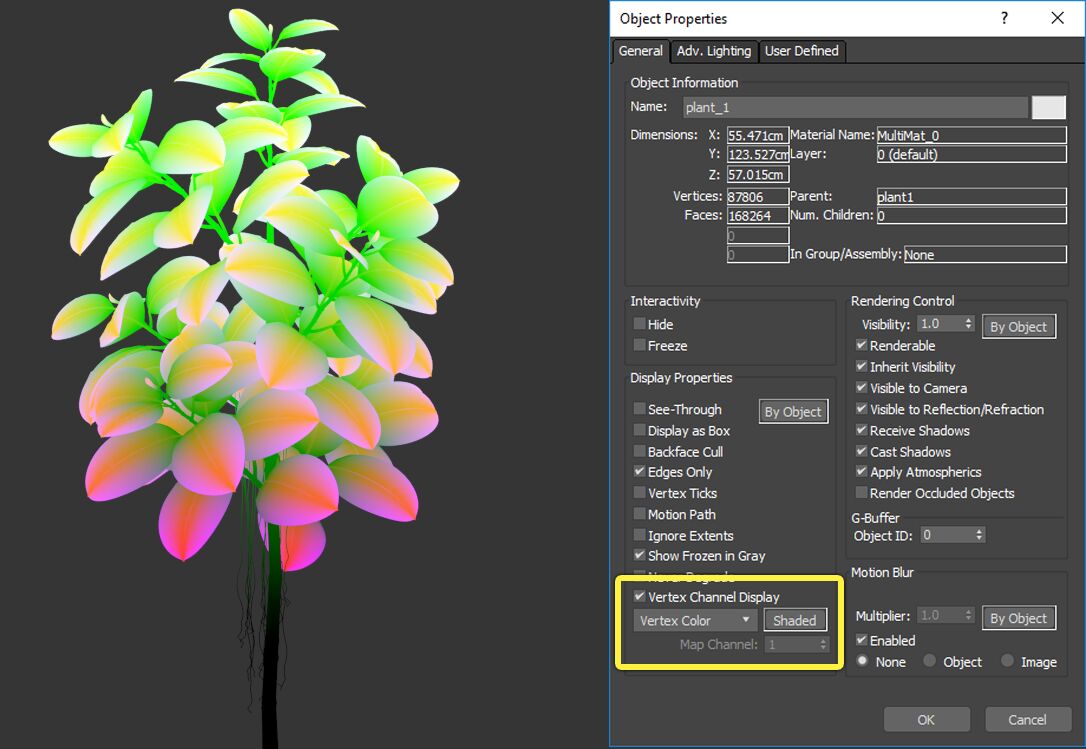
In that case, you can easily stop the rendering without losing any progress when you resume it.Īnother case could be set up as part of the render farm policy that all renderings are stopped after certain amount of time to ensure that every shot gets rendered overnight. This could be because the current rendering is taking too long and there is a rendering that of a higher priority that needs to be done right away. If this happens, a new VM can come back up and resume where the rendering left off.Ī user may choose to stop the rendering on purpose. The issue is that Preemptible machines can be recalled at very short notice. In this last case, the VMs are significantly cheaper at 20% of the cost of standard VMs. The computer could have had a power failure, or ran out of ram, or you could have been rendering on the Cloud such as Google Computer Engine which offers Preemptible VMs. There are many reasons that an outside situation could have caused a rendering to stop. The GI light cache is saved, but the irradiance map is not and would have to be recalculated. This includes scene prep, and texture loading. When a rendering is resumed, there is still some preparation that needs to be done before the rendering starts that has to be redone. vrprog as it has all the needed data for the whole image, not just the completed buckets. Both files can be large as they contain a lot of data. vrprog file to be saved, it will save that file in the directory where you are saving the final image. Since this process relies on either a sidecar. vrprog file and pick up the rendering process where it left off. After stopping and resuming the rendering, V-Ray will read the. In addition to the contents of the progressive buffer, the light cache is also stored in the file so that it doesn’t have to be recomputed when resuming. vrprog file that has all the information that V-Ray needs to resume the progressive rendering. In this case, you need to set a time interval in the Resumable Rendering settings which tells V-Ray how often to save the state of the rendered image so that it can be resumed from that point forward.
vrimg file so V-Ray doesn’t need to recompute it when resuming the render. vrimg file and picks up on the next buckets that need to be rendered. When the rendering is resumed, V-Ray reads the partial. V-Ray writes the image as each bucket drops as part of a sidecar. With bucket rendering, the case is fairly simple. For resumable rendering, the difference is mainly between bucket rendering and progressive rendering. Please note that this feature is still under development and some of the functionality may change in the final release of the service pack.Īs you know, V-Ray has different ways to render. You will also have to set a time interval for incremental saves if you are using progressive rendering. To use it, simply turn on Resumable Rendering in the VFB settings in the render dialogue or pass the -resume=1 option to V-Ray Standalone. This will first come out in V-Ray for 3ds Max, and then released for the other platforms. In the next 3.5 service pack of V-Ray, we will be introducing resumable rendering as a new feature.

The rendering could have stopped because of some outside circumstance, such as a power failure, or have been stopped based on the needs of the user. In short, resumable rendering is the ability to have incomplete renders resume where they left off.


 0 kommentar(er)
0 kommentar(er)
